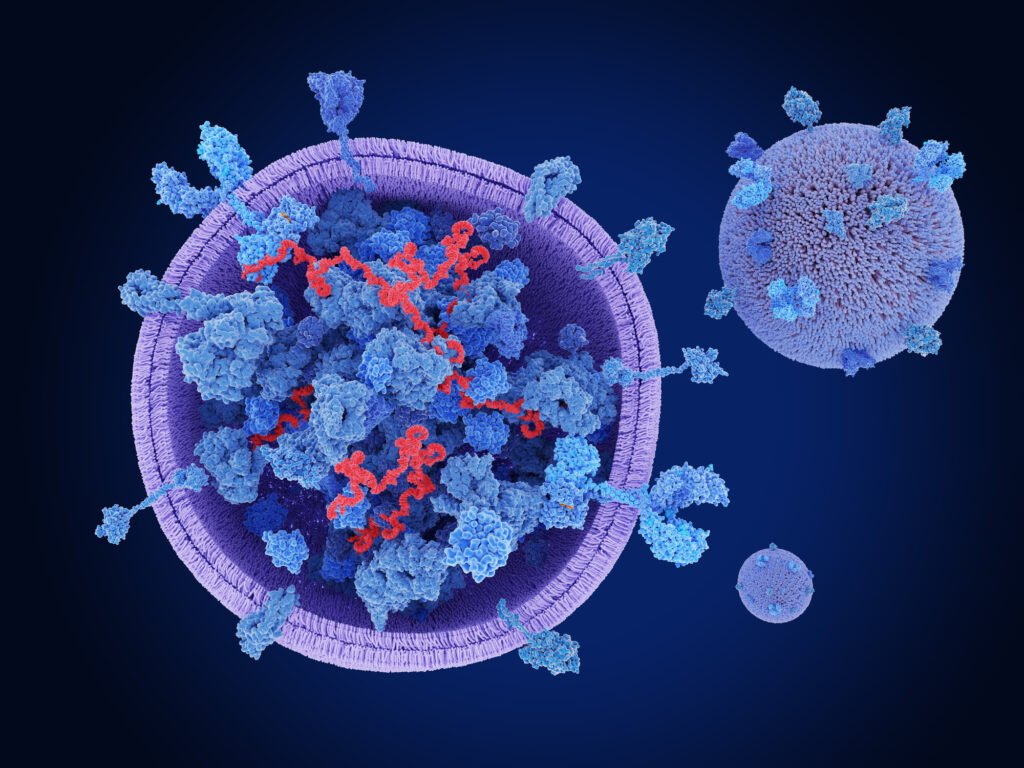Intracranial metastatic disease poses significant challenges in cancer treatment, often complicating the management of patients with advanced malignancies. As medical science continues to evolve, the importance of understanding the mechanisms of radioresistance in these brain metastases becomes increasingly critical. A recent article by Andrew Youssef, Arjun Sahgal, and Sunit Das delves into the multifaceted nature of radioresistance and its implications for treatment strategies.
Historically, radioresistance has been defined primarily through tumor response to radiation therapy. However, advancements in radiation delivery methods and our growing understanding of the biological mechanisms underlying tumor behavior necessitate a reevaluation of this definition. The authors highlight that radioresistance is not merely a characteristic of the tumor itself but is influenced by a variety of factors that can be broadly categorized into tumor-related, host-related, technical, and probabilistic factors.
Tumor-related factors play a significant role in determining a cancer’s response to radiation. Elements such as hypoxia—where tumor cells are deprived of adequate oxygen—can lead to increased resistance. Additionally, the presence of cancer stem cells, variations in tumor kinetics, and the tumor microenvironment all contribute to this complexity. Metabolic alterations, tumor heterogeneity, DNA damage repair mechanisms, non-coding RNA, exosome activity, methylation patterns, and autophagy also emerge as critical factors influencing radioresistance.
Equally important are the host-related factors, including the volume effect and the dose-limiting nature of non-cancerous tissue. The underlying pathophysiology of the host can significantly impact how effectively radiation therapy can target the tumor without causing undue harm to surrounding healthy tissue. Exosomes—small vesicles that facilitate intercellular communication—also play a role in shaping the response to radiation, further complicating the interplay between host and tumor biology.
Technical factors, such as the precision of radiation delivery techniques, are crucial in optimizing treatment outcomes. As technology advances, the ability to deliver targeted radiation increases, potentially overcoming some aspects of radioresistance. Moreover, probabilistic factors, including the cell cycle and the random nature of DNA damage, must be considered in the context of treatment planning.
The article provides a thorough overview of these influences on radioresistance, emphasizing the necessity for a holistic approach in understanding brain metastases. By integrating insights from various domains, clinicians and researchers can better prognosticate outcomes and develop more effective therapeutic strategies tailored to the unique characteristics of each patient’s disease.
In conclusion, the work of Youssef, Sahgal, and Das sheds light on the intricate landscape of radioresistance in intracranial metastatic disease. As we continue to unravel the complexities of cancer biology, the insights gained from such studies will undoubtedly pave the way for innovations in treatment and improved patient outcomes. Understanding the multifactorial nature of radioresistance is not just a scientific endeavor; it is a crucial step toward enhancing the quality of care for patients battling metastatic cancer.


